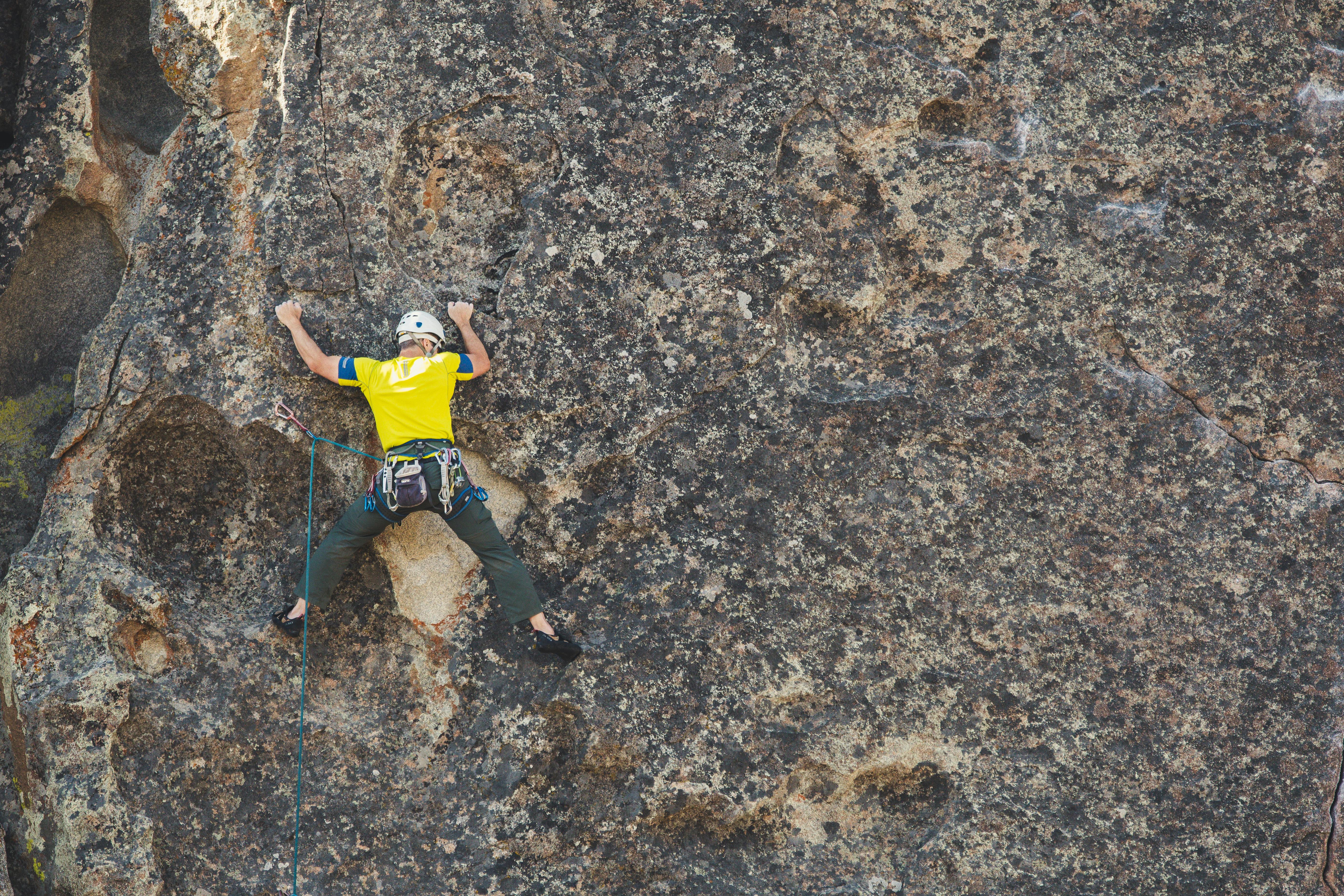Defying Gravity: Tracing the Ascent of Rock Climbing
The world of sports is as vast as it is dynamic, but few disciplines can match the electrifying blend of strength, agility, and sheer fearlessness that rock climbing brings to the table. Born from the primal human instinct to conquer towering peaks, rock climbing offers a unique mix of physical challenge and mental resolve. This article delves into the gripping history of rock climbing, the current trends shaping this adrenaline-fueled sport, and the science that underpins the seemingly superhuman feats of world-class climbers.

Scaling Heights: A Historical Overview
Rock climbing, as a sport, traces its origins back to the 19th century mountaineering expeditions. However, it was in the mid-20th century that climbing evolved from a perilous pursuit of a select few to a popular recreational activity. The 1960s and 70s saw the rise of new climbing techniques that prioritized skill over brute strength. The advent of indoor climbing gyms in the late 80s further democratized the sport, extending its reach to urban enthusiasts.
Current Trends: From Mountains to Mainstream
Today, rock climbing is witnessing an unprecedented surge in popularity, largely driven by its inclusion in the 2020 Tokyo Olympics. The competitive circuit is thriving, with athletes pushing the boundaries of what’s considered humanly possible. Simultaneously, recreational climbing is enjoying a renaissance, with climbing gyms sprouting in cities worldwide. The sport’s broadening appeal is also reflected in the growing diversity of its participants.
The Science of Scaling: Anatomy of a Climber
Rock climbing is intensely physical, demanding extraordinary strength, flexibility, balance, and endurance. But beyond the physical prowess, it requires immense mental fortitude. Research suggests that climbing engages the body and brain in unique ways, making it an effective tool for physical and mental health. However, the specificity of its demands also poses unique challenges, from injury risks to the psychological toll of climbing at extreme heights.
The Future Above: The Next Frontier in Climbing
As rock climbing continues to gain traction, the sport is poised for exciting developments. Increasingly sophisticated training methods and equipment innovations are set to redefine climbing performance. Meanwhile, growing recognition of climbing’s therapeutic potential could see it play a more prominent role in health and wellness circles.
Rock climbing, a sport once reserved for the daring few, has scaled new heights to become a global phenomenon. It stands as a testament to the limitless potential of human strength and resolve, and the enduring allure of conquering the seemingly impossible. As the sport continues to evolve, it promises to keep pushing the boundaries of athletic performance, testing the limits of human capability, and inspiring countless individuals to defy gravity in their pursuit of personal triumph.





